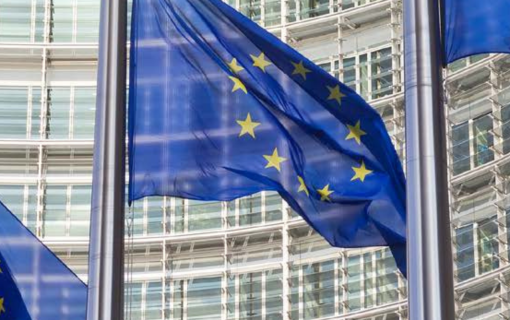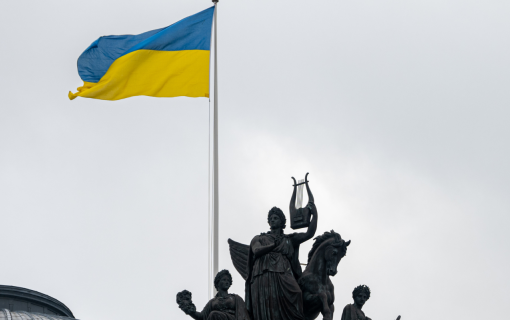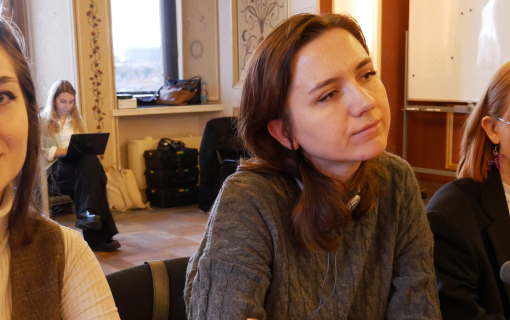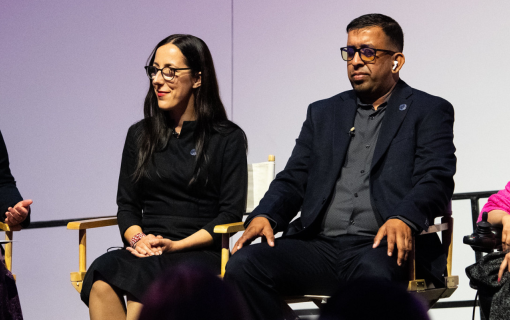Ukraine Gender Assessment 2014
Despite the fact that Ukraine enacted progressive laws related to women compared to other post-Soviet countries, including on trafficking and domestic violence, its percentage of women in parliament has remained below 10 percent since independence, more than two decades ago. With only 9.44 percent female Members of Parliament (MPs), according to the Inter-Parliamentary Union (IPU), female representation at the national level is well below the global average of 21.9 percent. Only one woman, the Minister of Social Policy, serves in government. Women’s representation in locally elected government is significantly more robust, as is their participation in local election management bodies (EMBs).
The 2013 protests against Ukraine’s abandonment of plans to sign an agreement with the European Union (EU) led to an interim president and early presidential election on May 25, 2014, that brought Petro Poroshenko to office. Clashes in eastern and southern regions of the country created rising tension leading up to the election, adding pressure on the political and security environment. Protests among the public and civil society groups has led to an initial set of suggested political reforms, the first step in the important transition from protests to an advocacy agenda that could pave the way for transformative political change. These suggested reforms also have the potential to accelerate opportunities for women’s political leadership, which might otherwise take decades to realize.
Despite an opening for women to gain traction within political parties and in legislative positions in future elections, women have not engaged in targeted, collective advocacy to seize their golden moment. Ukraine’s fragmented advocacy on behalf of women’s issues and lack of a unified voice among women is part of the reason this is so. It stems from a Soviet legacy that rejects the notion that women are disadvantaged because of their longstanding dual roles as managers of domestic responsibilities and part of the workforce. Appearing throughout this report, is evidence of a belief, held by women and men alike, that equality has been achieved. However, statistics tell a very different story. Current political reform proposals and continuing discussions present an opportunity for women to integrate their concerns into public debate on key issues, in the same way that new parties have seized the chance to gain traction amid the political and military crisis.
A fundamental underlying challenge to women gaining political power is that although women want change, they themselves are not yet convinced of the need to end male dominance of political institutions. Thus, there is a lack of visible momentum among women from civil society and political parties to work together to achieve reforms that benefit women – including a quota, which could be the most far-reaching reform for women. Meanwhile, an escalating military conflict is consuming the country’s attention, and is largely portrayed in a gender-blind manner. The conflict has the potential to galvanize women for change; however, challenges to this include lack of a unified women’s movement; lack of attention by the public to gender equality in economic, political and social life; and lack of technical assistance from international organizations on gender equality.
This report explores the impact of the legal system on women’s political participation; current legal reform efforts; election administration; voter registration; women’s participation in political activities; political parties; civic and voter engagement; political finance; and the role of conflict. It identifies windows of opportunities and vulnerability related to women’s political participation; identifies strategies to promote women’s participation and leadership; and lays out recommendations for the international community to execute these strategies through programs, partnerships, activities and research.









